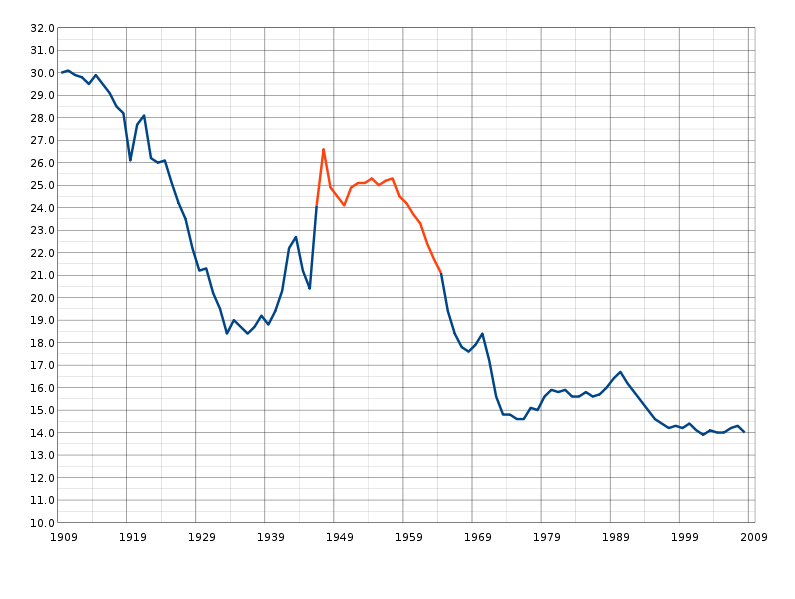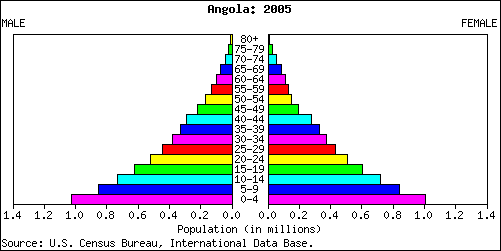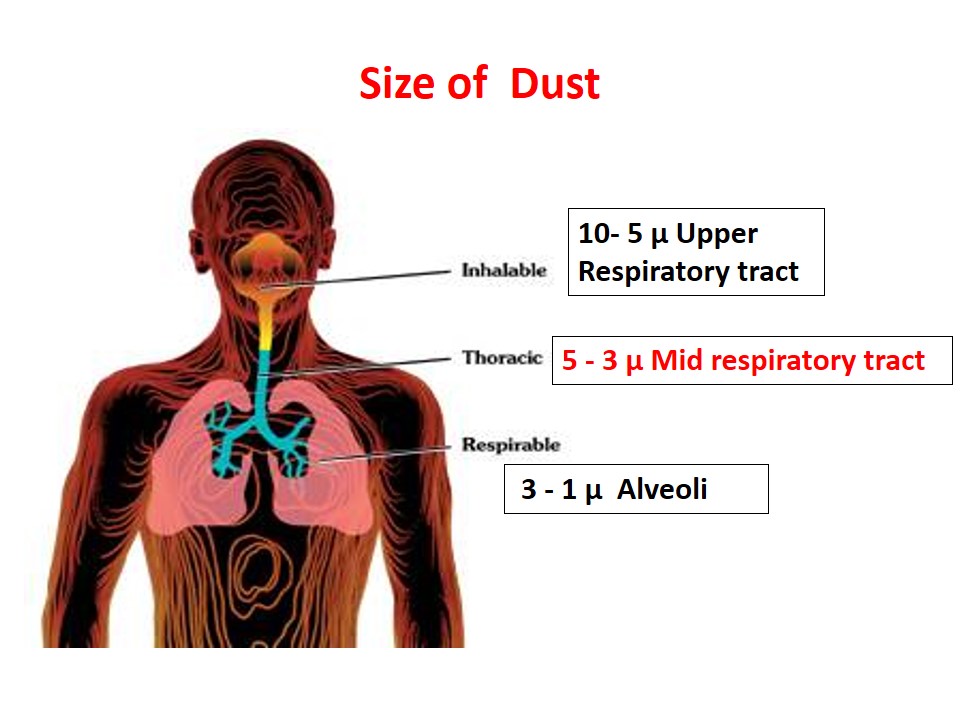Once you have decided upon a research project and you are able to sum up your proposed research in one sentence, it is time to start planning your project. The first thing you need to do is your literature research. This will help you to become more familiar with your topic and introduce you to any other research, which will be of benefit to you when you begin your own project.
Objectives of Literature Search
The main objectives may be summarized as:
1. Source of research question
2. Establishing a theoretical context and rationale for the study
3. Understanding what has already been done
4. Methods and instrumentation
5. Determining the potential for successful outcomes
6. Assumptions and limitations
Primary Research and Secondary Research
There are two types of background research –primary research and secondary research.
Primary Research
Primary research involves the study of a subject through observation and investigation. This is what you will be doing with your main project, but you may also need to conduct primary research for your background work, especially if you are unable to find any previously published material about your topic. Primary research may come from you own observations or experience, or from the information you gather personally from other people.
Secondary Research
In the secondary research, you review the publications of other researchers. Details of the publication including authors, date of publication, title of study, place of publication and publisher should be maintained. If it is a journal article, remember to include the name of journal, the page numbers of the article and the volume and number of the journal. It is also useful to include the location of the publication so that it can be found easily if needed again (website or library shelf location).
Using Web Sites
By developing these skills early in your work, you will start to think about your own research and any personal bias in you methods and reporting, which may be present. When you are surfing the internet, there are some extra precautions you need to take to check the reliability and quality of the information you have found. These include:
• Try to use websites run be organizations you know and trust
• Check the about us section on the web page for more information about the creator and organization
• Use another source, if possible, to double check any information you are not sure about. For example, if you are interested in medical information, you can check the credentials of UK doctors by phoning the General Medical Council.
• You should check the national source of the data, as information may differ between countries
• For some topics specific websites have been set up that contain details of questionable products, services and theories. For example, in medical research you can visit www.quackwatch,com , which contains non-recommended sources of health advice, questionable theories and details of money making schemes.
Databases
Many reference sources are available in databases for computer search e.g. medline.com
Keeping Records
When you begin your background research, keep accurate records of what data was gathered from which sources, as this will save you plenty of time and frustration later, especially when you come to write your research proposal, or final report. A useful way to organize your background research is to have two files –one for primary research and one for secondary research. Each file can be divided into topics with relevant notes slotted into each.
Sources of Background Information
|
Primary |
Secondary |
|
Relevant people |
Research books |
|
Research observation |
Research reports |
|
Researcher’s experience |
Journal articles |
|
Historical records/texts |
Articles reported online |
|
Company/organization records |
Scientific debates |
|
Personal documents (diaries, etc.) |
Critiques of art |
|
Workers of literature |
Analysis of historical events |
|
Workers of art |
|
|
Films/videos |
|
|
Laboratory experiments |
|
Read more about research methodology…
- Introduction to Research Methodology
- The Basics of Research Methodology
- A Concept of Research Process
- Choosing Research Topics
- Formulating a Research Question
- Formulation of Objectives in Research
- Variables in Research
- Developing a Questionnaire in Research
- Sample Selection and Sampling Techniques
- Data Collection in Research
- Introduction to Study Designs
 howMed Know Yourself
howMed Know Yourself




